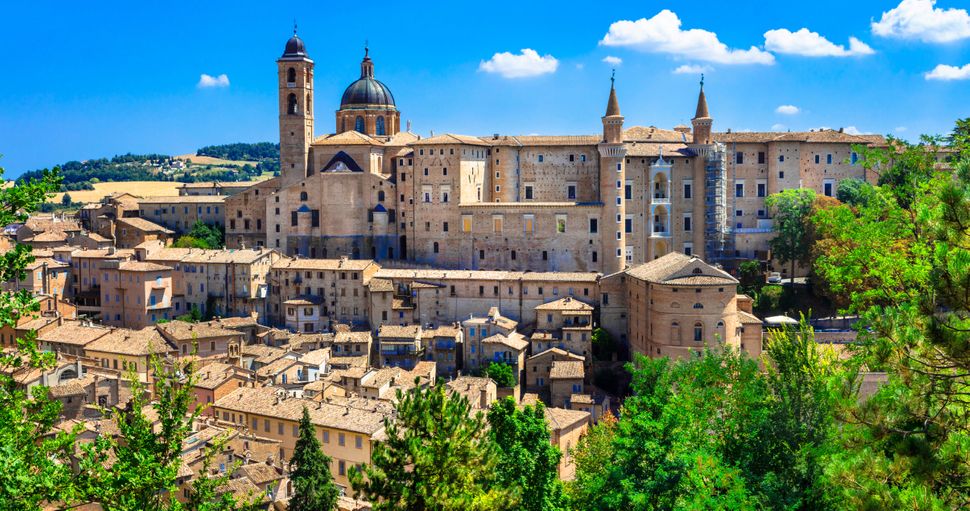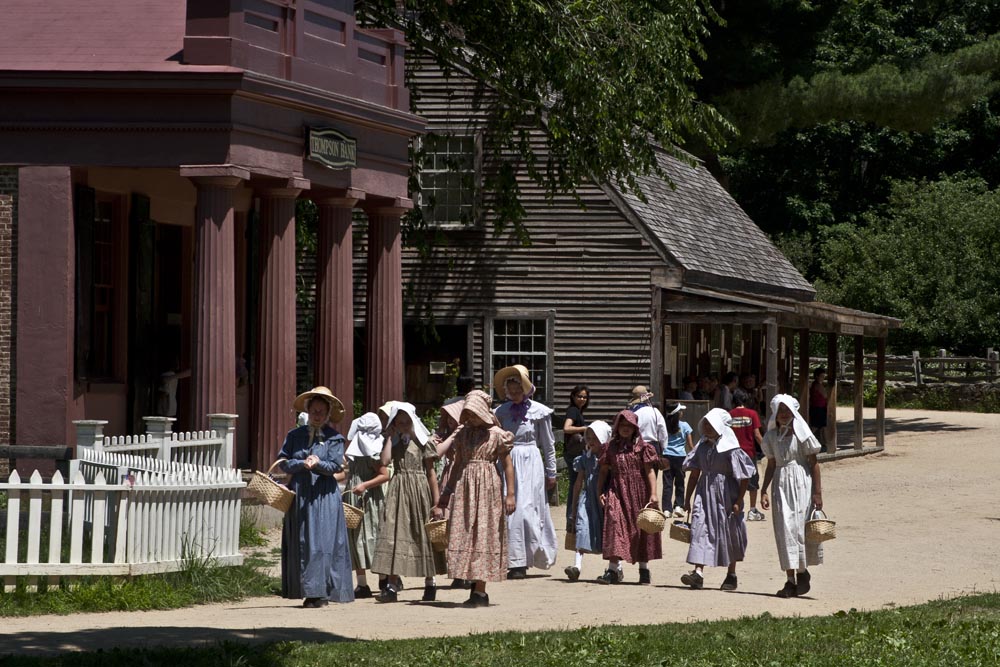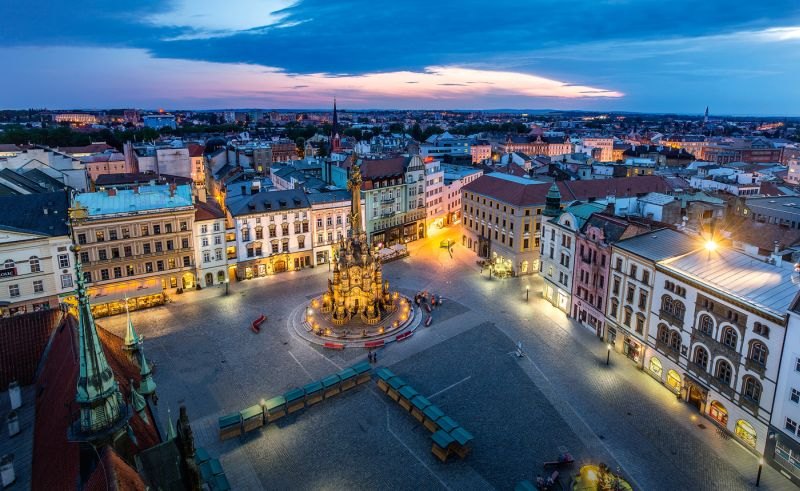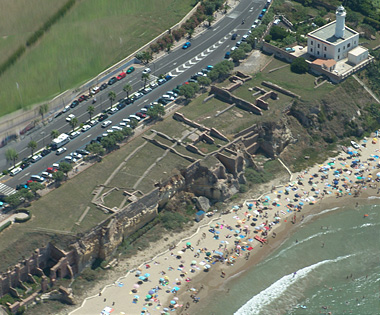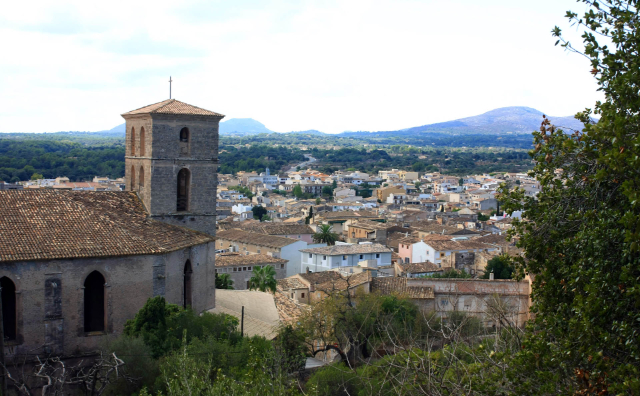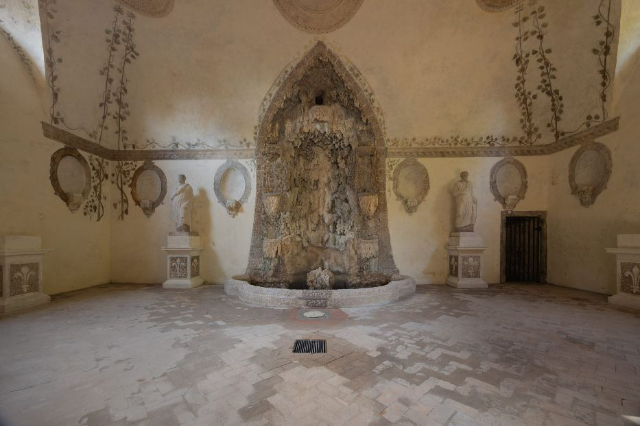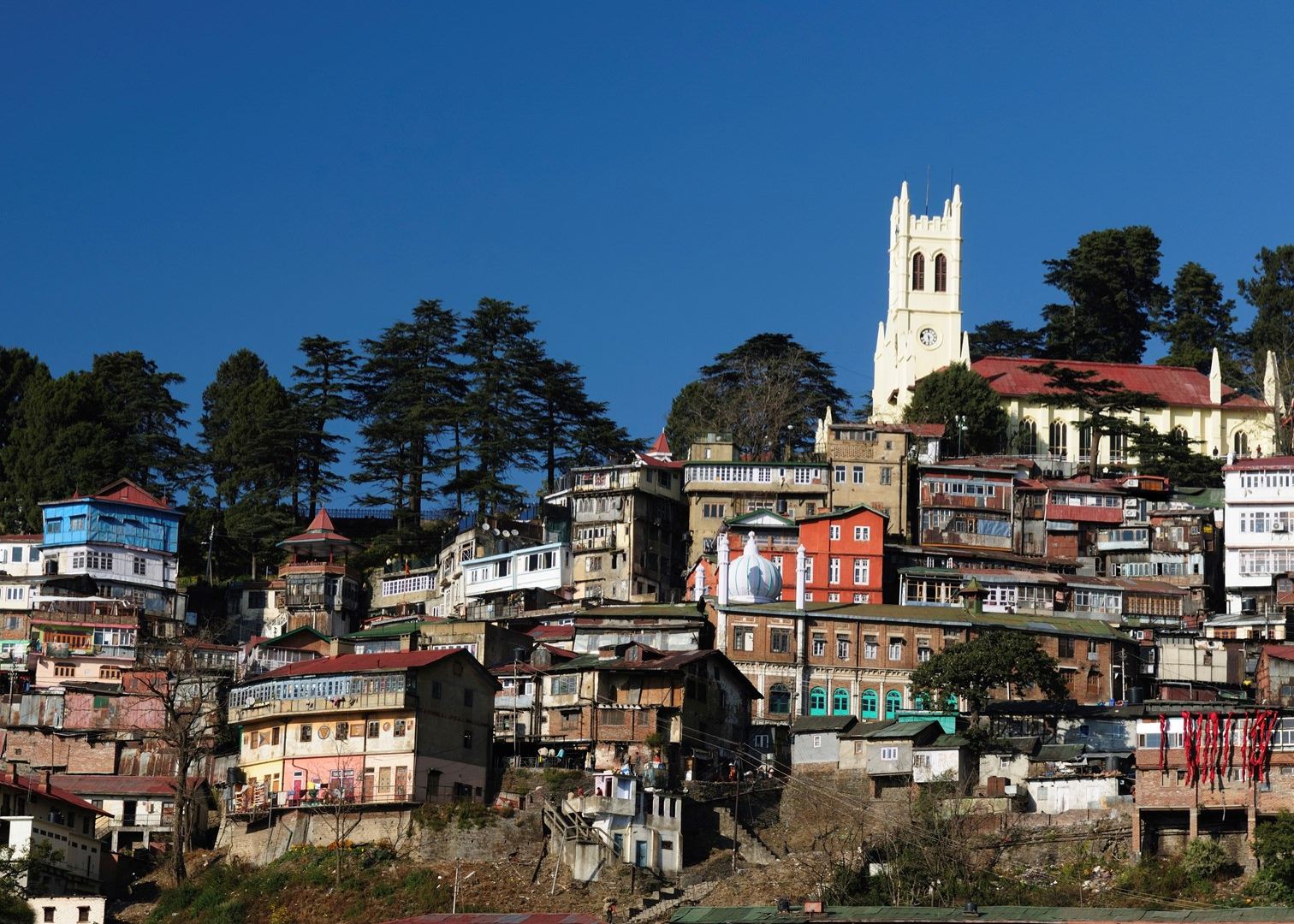The ancient capital of the Montefeltro Duchy (35 km from Pesaro) rises on the top of two hills and along their slopes with the roofs of the houses and churches sloping toward Porta Lavagine to the northeast and toward Porta Valbona to the southwest.
È one of the world’s major art tourism destinations because of its history and the many monuments and works of art it contains.
It has very ancient origins, but there is documentation only from the 3rd century BC, when Urvinum Mataurense assumed the dignity of a Roman municipium (remains of walls and theater). Its strategic position favored its involvement in the struggles that characterized the feudal period, when it sided with the Ghibellines and Antonio da Montefeltro, quelling a revolt against Emperor Frederick Barbarossa in Rome, conquered on the field the title of count and the office of imperial vicar of Urbino (year 1155). This was the beginning of the cityà s link with the Montefeltro dynasty that lasted, albeit with difficult and contrasting moments, until its extinction. it was, however, with Federico II da Montefeltro, first count and then duke, that Urbino reached the height of its artistic splendor, especially after the Montefeltro achieved territorial supremacy, finally wrested from the expansionist ambitions of the defeated Sigismondo Malatesta (1463). It was through the will of Duke Federico that the old medieval home of the Montefeltro family was enlarged and embellished by Luciano Laurana first and Francesco di Giorgio Martini later, until it became the splendid Ducal Palace, an absolute masterpiece (with its ‘Torricini’ and its ‘Cortile d’Onore’) of Renaissance art and today home to the prestigious Galleria Nazionale delle Marche, which houses such absolute masterpieces as the "Flagellation" and the "Madonna di Senigallia" by Piero della Francesca and the "Muta" by Raphael Sanzio. An authentic palace in which the memory of Duke Federico lives eternally with that of his son Guidubaldo and their splendid Court; from room to room, from the "Throne Room" to that unicum that è the "Duke’s Studiolo" with its splendid inlaid paneling and the series of portraits of the "Illustrious Men". &Even as you wander around Urbino, along its steep streets and lanes, that you encounter all the tesserae of an urban mosaic that bears the marks of a long artistic and cultural history: from the Neo-Palladian mole of the Cathedral, rebuilt by Valadier after the 1784 earthquake, to the magnificent travertine portal (with a copy of Luca della Robbia’s lunette) of the church of S.Domenico, from the medieval church of S.Francesco with its beautiful Gothic cusped bell tower and large altarpiece by Federico Barocci, to the oratory of S.Giuseppe with Brandani’s famous ‘Nativity scene,’ from Palazzo Albani (15th-18th centuries) to the nearby church of S.Spirito (16th century), to Raphael’s birthplace home of the eponymous Academy established in 1869. Higher up is the Albornoz Fortress from whose terraces the view sweeps in the direction of the Ducal Palace with its ‘Torricini,’ but also towards the nearest hills such as the one dominated by the fifteenth-century church of S.Bernardino, seat of the Mausoleum of the Dukes.
